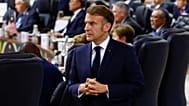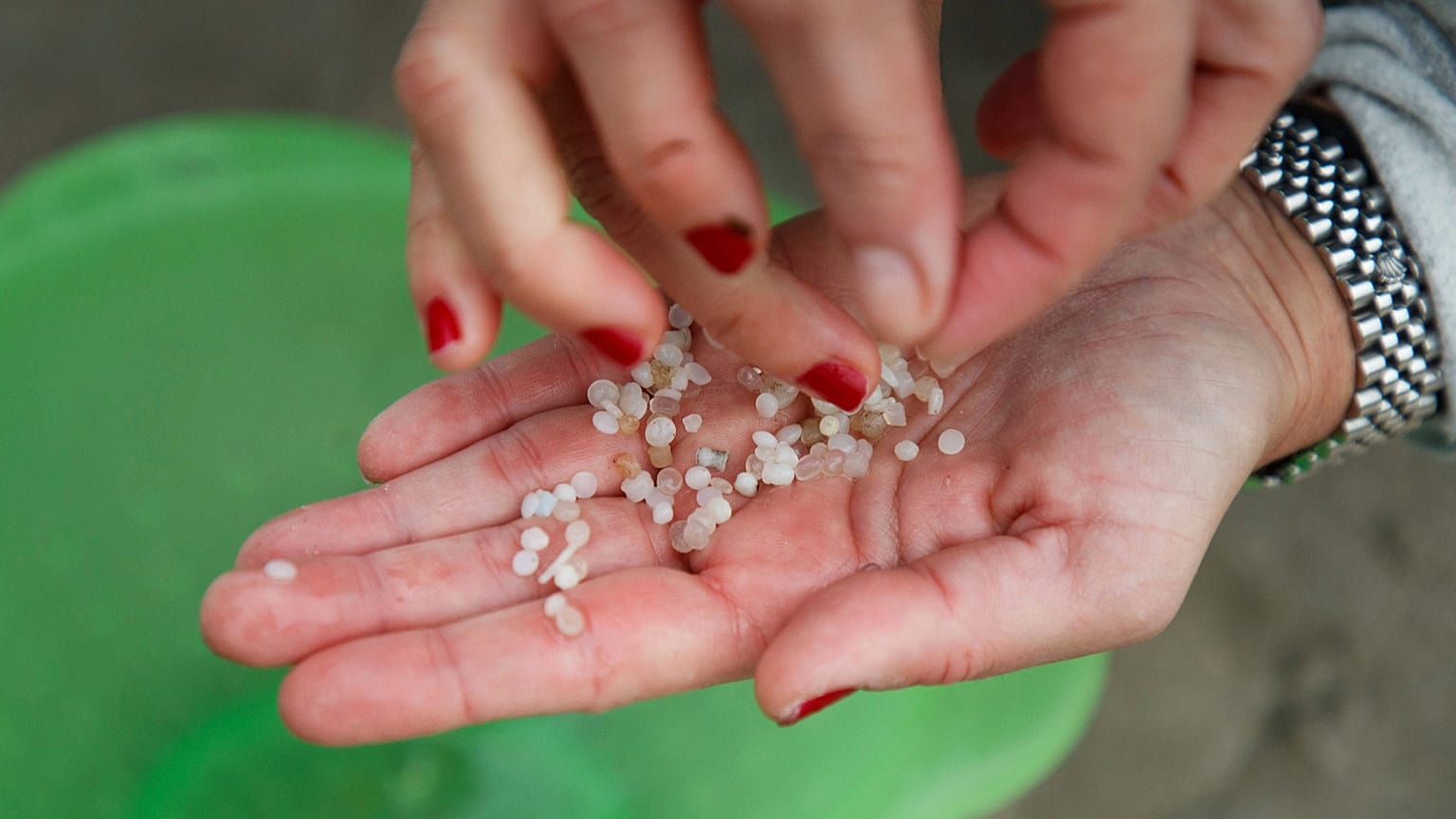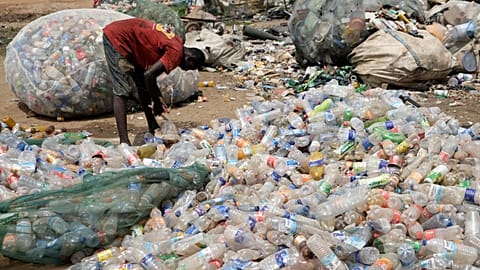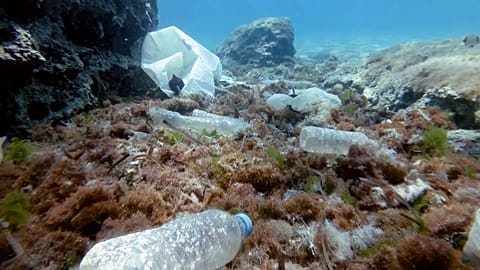EU takes aim at tiny plastic pellet pollution with new regulations
Plastic can end up in the environment by many channels. Improper waste management can cause single-use plastics like bottles and grocery bags to end up in our oceans. But there’s also a smaller, sneakier source of plastic that also pollutes the land and sea. Called “nurdles,” tens of millions of these tiny pellets have found their way into the ocean after ship spills.
On Thursday, the European Commission will vote on a measure to curb the pellets’ impacts by forcing companies to implement new measures to prevent and mitigate pollution.
What are nurdles?
The term may sound cutesy, but these balls are anything but. The lentil-sized plastic pellets are “the building blocks” of the plastic industry. They are melted down to make things like water bottles, grocery bags, and other food wrappers.
However, many end up elsewhere. The Commission estimates that in the EU in 2019, between 52,140 tonnes and 184, 290 tonnes of pellets were lost to the environment. As a comparison, that’s between 2100 and 7300 truckloads of pellets annually.
After tyre dust, nurdles are the second largest source of microplastics in the ocean, often coming from ship spills.The X-Press pearl shipwreck spilled 1,680 tonnes of nurdles into the ocean and onto the shores of Sri Lanka in 2021 in the worst of such spills. They have also occurred in Europe sending these tiny plastic pellets into the North Seaand waters off the coast of Spain, and France.
These pellets are not toxic, but can be deadly to marine life if ingested. They also are a pain to clean up––and the responsibilities often fall on local communitiesto do so.
“Like other microplastics, they degrade habitats through chemical and microbial transfer, transport invasive species, and are ingested by marine life, contaminating the food chain,” Lucie Padovani, The Marine Litter Lobbying Officer of Surfrider Foundation Europe, wrote in an email to Euronews.
“Cleaning up these microplastics is extremely difficult and costly; hence why prevention is the most environmentally and economically sound approach.”
What is the commission proposing?
There are currently no comprehensive international regulations about handling and recovery of these “accidental microplastic” incidents. In 2023, the EU adopted measuresthat restricted intentionally added microplastics in cosmetic and other products. However, earlier this year, the European Parliament and EU governments agreed to design measures to counteract nurdle pollution from spills.
This Thursday, the Parliament is voting on these stricter rules, which require EU companies to adopt safeguards in handling and transporting nurdles. As the proposal states, all economic operators, EU carriers and non-EU carriers would have to comply with the requirements within 18 months of its entry into force.
The commission aims for a 54 per cent to 74 per cent decrease in pellet losses to the environment compared to the baseline. This regulation goes in line with the commission’s overall microplastic reduction targetof 30 per cent by 2030.
Is that enough?
Padovani stresses the need for such regulation and believes that it will provide an “important baseline” for pollution mitigation measures.
“We welcome the proposal, as it shows that the EU is finally acknowledging the need for binding measures covering the entire value chain,” she says. She emphasises that it’s not limited to the industry, noting that pellets have been found in remote natural and protected areas, such as the Balearic Islands.
She believes that even the smaller players––such as small to medium-sized enterprises that handle less than 1500 tonnes per year––should also be regulated. Currently, the proposal introduces lighter requirements for these groups.
Padovani stresses the need for wider action regarding ocean plasticsas well.
“When it comes to the broader challenge of plastic pollution in the ocean, this is a necessary and long-overdue step forward - especially as microplastic concentrations continue to rise in European waters,” she writes.
“However, it must be part of a wider systemic shift. Single-use plastics still account for around 50 per cent of the waste found on EU beaches, and this waste will eventually degrade into micro- and nanoplastics.”


















